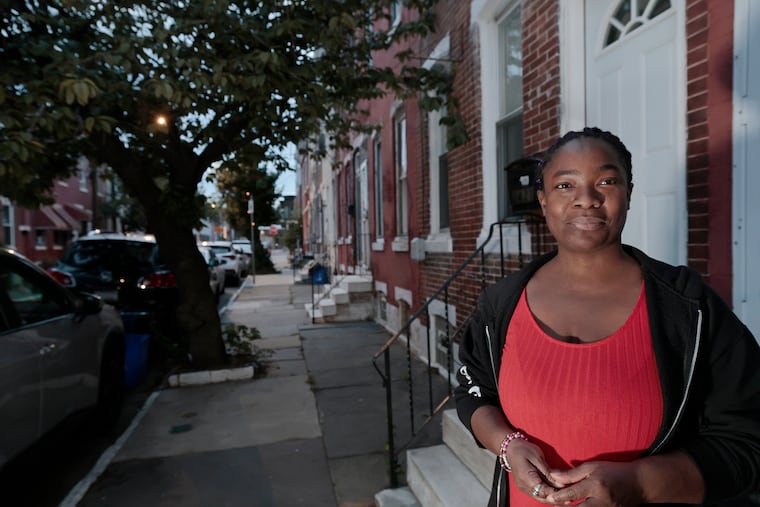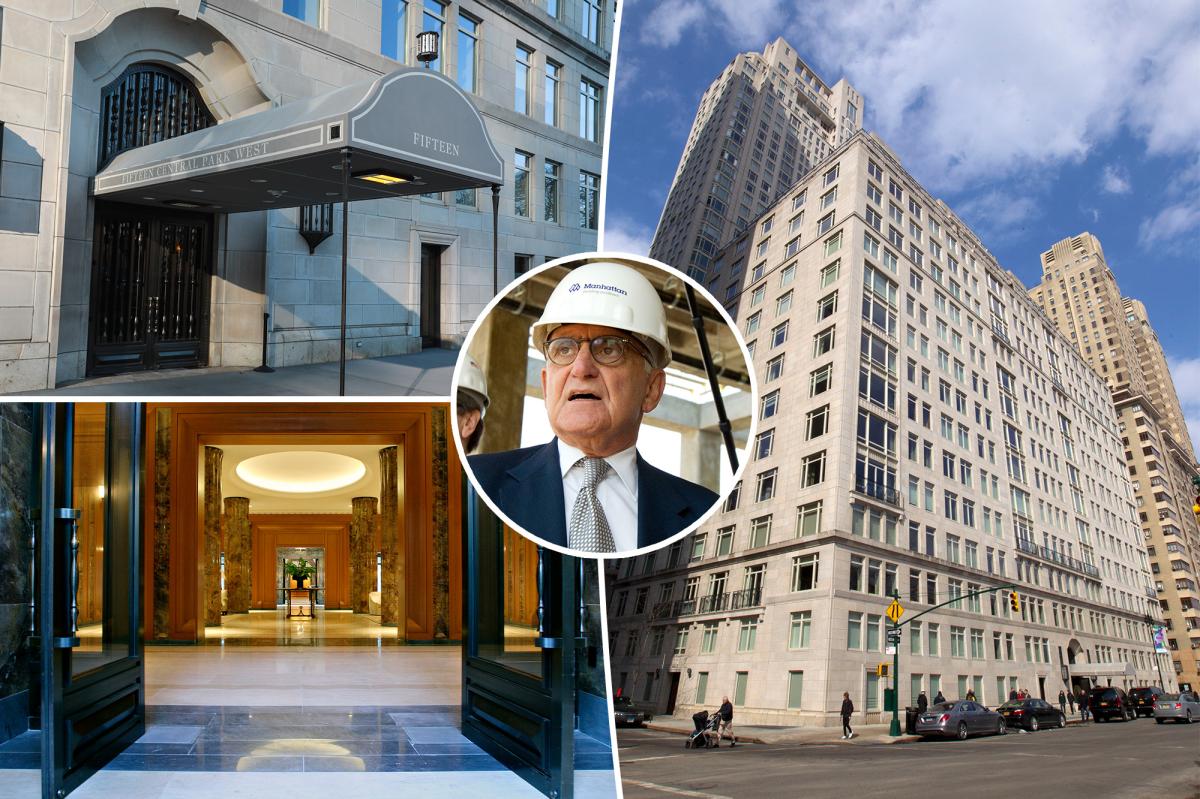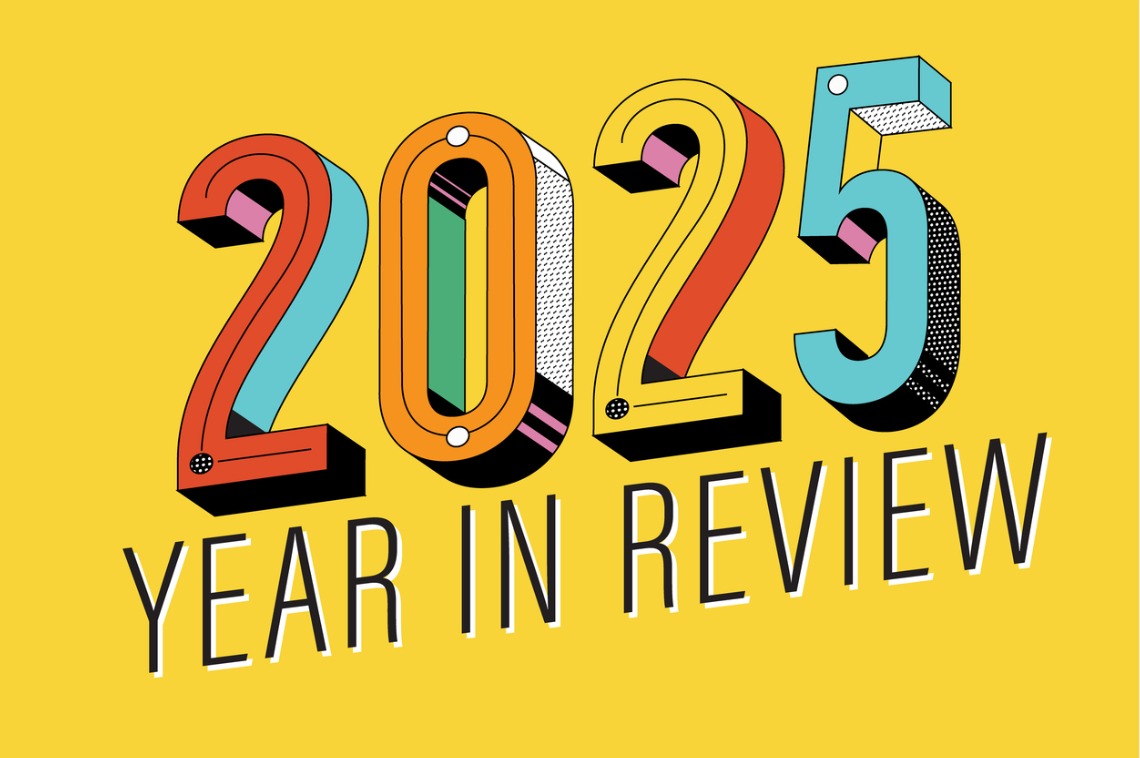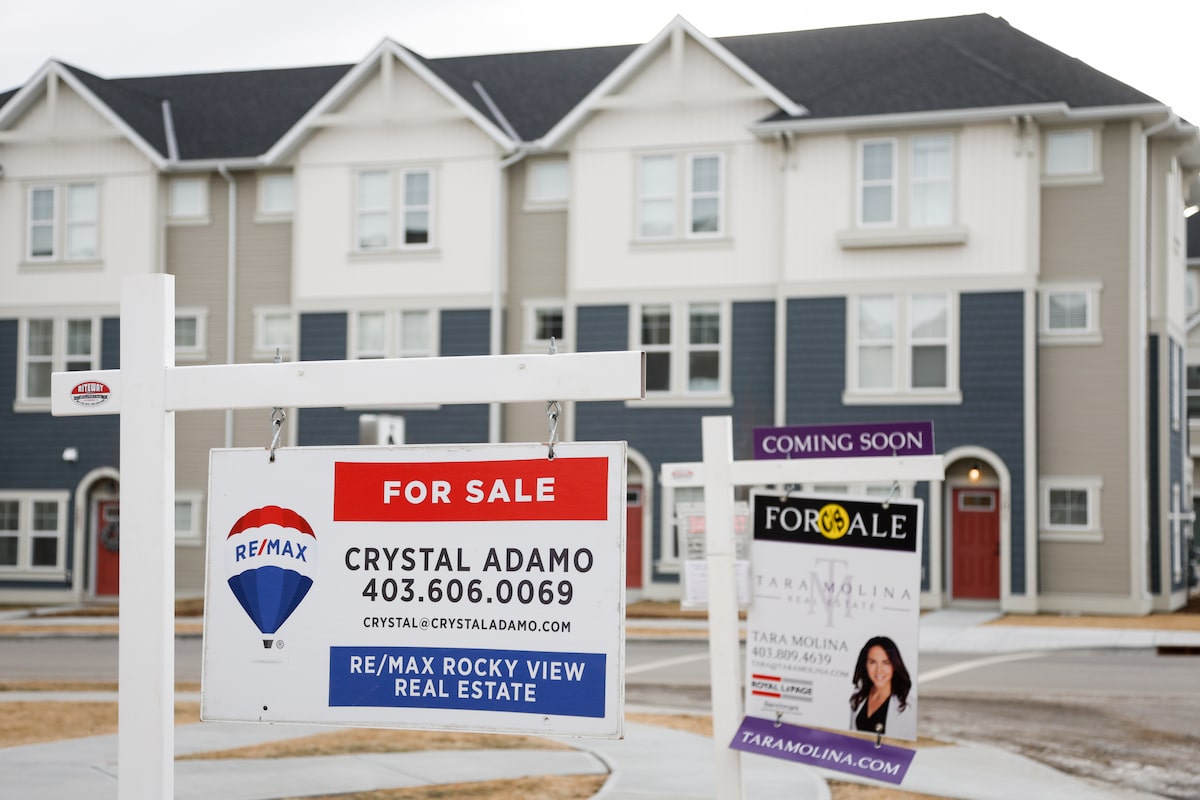I
n Philadelphia, the proportion of renters who devote more than a third of their income to housing is on the rise. Census Bureau data show that in 2024 nearly 50 % of renters paid 35 % or more of their earnings on rent—a four‑point jump from the previous year—and this is the only renter category that grew in percentage terms. The U.S. Department of Housing and Urban Development labels anyone spending over 30 % of income as “cost‑burdened.”
Community Legal Services of Philadelphia’s comanaging attorney, Kadeem Morris, witnesses the strain daily. A septuagenarian whose landlord sold the building after two decades was told rent would double to $1,200. The man receives roughly that amount from Social Security, half of which has gone to rent since his wife’s death six months ago. Morris says the client will qualify for assistance, but a large slice of his paycheck will still cover housing—potentially 60 % to 70 %—which is alarmingly high. In 2024, more than 148,900 Philadelphia households spent 35 % or more of their income on rent. Those cost‑burdened families have less left for food, health care, savings, and emergencies.
A Harvard University study found that nationally, two‑thirds of working‑age renters lack sufficient funds after rent to cover other necessities—exceeding the 50 % traditionally defined as cost‑burdened. Morris notes that seniors are especially affected.
Research by the Reinvestment Fund, a Philadelphia‑based community investment nonprofit, shows the steepest rent‑burden increases in outer West Philadelphia, Germantown, upper North Philadelphia, and lower Northeast Philadelphia. Emily Dowdall, president of policy solutions, points out that neighborhoods such as Hunting Park and Cobbs Creek—predominantly low‑ to moderate‑income, people‑of‑color communities—have seen rising costs without displacement of long‑time residents. “The same people are now paying more for the same homes,” she says.
SeniorLAW Center’s tenant‑rights attorney, Rita Eichman, describes the challenge of fixed incomes that lag behind the rental market. Seniors often must pay for home modifications out of pocket and struggle to align rent payments with irregular Social Security or Supplemental Security Income (SSI) schedules. Late‑payment fees can derail their finances. Some clients negotiate bi‑monthly rent with landlords to match SSI or pension dates, but the balancing act remains difficult.
Many renters mitigate costs by sharing housing. Angelita Ellison, 42, lives in a three‑bedroom rowhouse in Sharswood with her 19‑year‑old son and sister. She splits rent and utilities—about $900 a month—while earning just under $3,200 pre‑tax. A seasonal state job and intermittent unemployment benefits mean she must strategically time payments. If she moved in alone, she would face housing costs exceeding half her income. Despite the strain, Ellison feels better positioned than many peers.
Philadelphia’s rent rise stems from several forces. Inflation and higher maintenance costs push landlords up. Home values have surged—over 92 % appreciation in the past decade and a 3.4 % increase last year—so owners charge more to cover purchase costs and profit. Demand remains high; this summer, there were ten prospective renters per available apartment, up from eight a year earlier.
The city’s rental landscape has shifted since the pandemic. Small landlords have been replaced by larger corporate investors targeting low‑cost housing. Institutional owners buy properties cheaply, raise rents, and profit for shareholders. “Once you make housing a commodity, rents go up,” Dowdall explains.
Income constraints are the primary barrier to affordable housing. The average income of Community Legal Services clients is about $13,000, with most spending half on housing. Philadelphia’s median household income fell from $62,100 in 2023 to $60,500 in 2024 after inflation adjustments, and the median rent rose from $1,390 to $1,500. Pennsylvania’s minimum wage of $7.25 is among the lowest in the country; a living wage for a single person is estimated at $22.91 per hour. Raising the minimum wage would help many cover basic expenses.
Addressing Philadelphia’s affordability crisis requires a multifaceted approach: raising wages, supplementing incomes through subsidies, and reducing housing costs. Only by tackling both income and housing supply can the city alleviate the growing cost burden on its residents.














